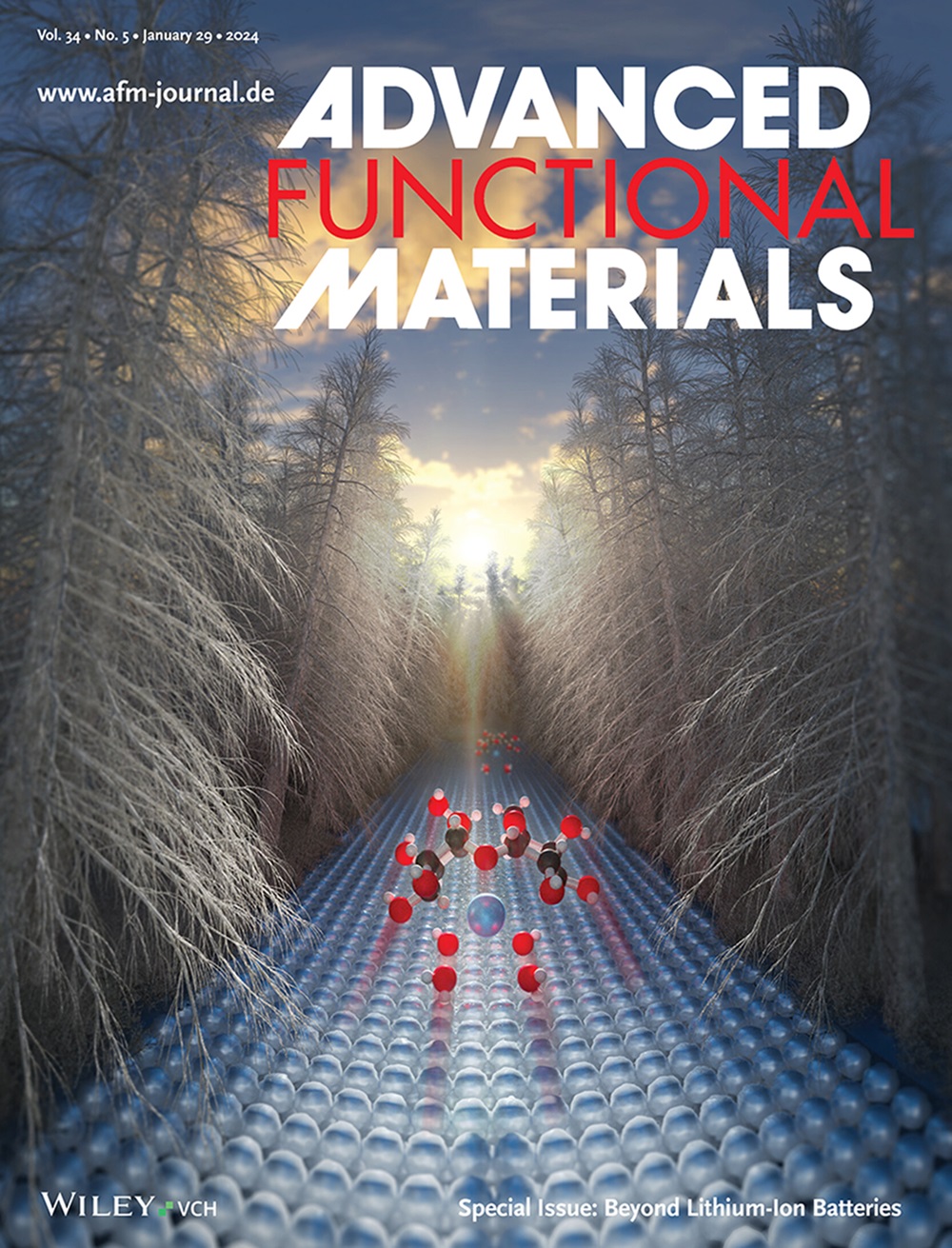Hydrogel‐Based Triboelectric Nanogenerators: Current Progress and Future Perspectives
IF 19
1区 材料科学
Q1 CHEMISTRY, MULTIDISCIPLINARY
引用次数: 0
Abstract
Hydrogel‐based materials, if introduced into triboelectric nanogenerators (TENGs), can not only help to convert mechanical energy into electrical energy, but also offer excellent versatility, flexibility, sustainability, and especially, biocompatibility to the TENG based wearable electronic devices. This review synthesizes the latest research on multifunctional hydrogel‐based TENGs (H‐TENGs) and their sensing applications. First, this review elaborates on the operational principle and the driving factor of H‐TENGs. Subsequently, it explores the impact of different functional components and additives on the properties of hydrogels and the performance of the as‐designed TENGs. Although this review focuses on the balance between mechanical and electrical properties of hydrogels, which is the basis for the design of H‐TENGs, it also discusses the key roles of other factors, including biocompatibility, hydrophobicity, anti‐freeze properties, and antibacterial properties, in enhancing the user experience and expanding the application scenarios. And then, the applications of H‐TENGs for strain sensing, motion detection, touch sensing, and vital sign monitoring are presented. At the end, current challenges and future perspectives for H‐TENGs are proposed, with hope to provide references for the development and applications of biocompatible and self‐powered sensing systems.基于水凝胶的摩擦纳米发电机:当前进展和未来展望
如果将基于水凝胶的材料引入摩擦纳米发电机(TENG)中,不仅可以帮助将机械能转化为电能,而且还可以为基于TENG的可穿戴电子设备提供出色的多功能性、灵活性、可持续性,尤其是生物相容性。本文综述了多功能水凝胶基TENGs (H - TENGs)及其传感应用的最新研究进展。本文首先阐述了H - teng的工作原理和驱动因素。随后,探讨了不同功能组分和添加剂对水凝胶性能和所设计的TENGs性能的影响。虽然本文的重点是水凝胶的力学和电学性能之间的平衡,这是设计H - teng的基础,但也讨论了其他因素,包括生物相容性、疏水性、抗冻性和抗菌性,在提高用户体验和扩大应用场景方面的关键作用。然后介绍了H - teng在应变传感、运动检测、触摸传感和生命体征监测等方面的应用。最后,提出了H - teng目前面临的挑战和未来的展望,希望为生物相容性和自供电传感系统的开发和应用提供参考。
本文章由计算机程序翻译,如有差异,请以英文原文为准。
求助全文
约1分钟内获得全文
求助全文
来源期刊

Advanced Functional Materials
工程技术-材料科学:综合
CiteScore
29.50
自引率
4.20%
发文量
2086
审稿时长
2.1 months
期刊介绍:
Firmly established as a top-tier materials science journal, Advanced Functional Materials reports breakthrough research in all aspects of materials science, including nanotechnology, chemistry, physics, and biology every week.
Advanced Functional Materials is known for its rapid and fair peer review, quality content, and high impact, making it the first choice of the international materials science community.
 求助内容:
求助内容: 应助结果提醒方式:
应助结果提醒方式:


